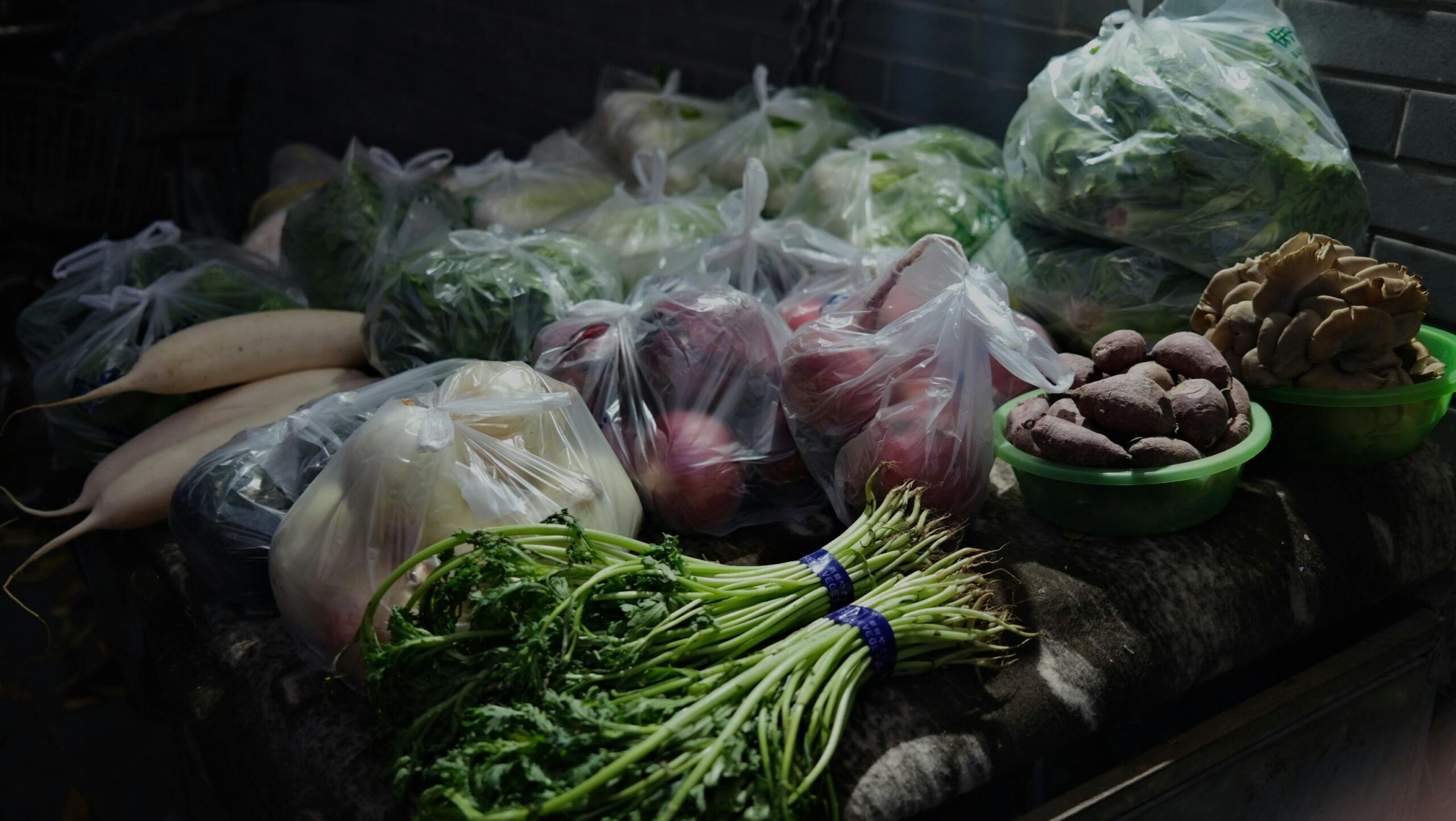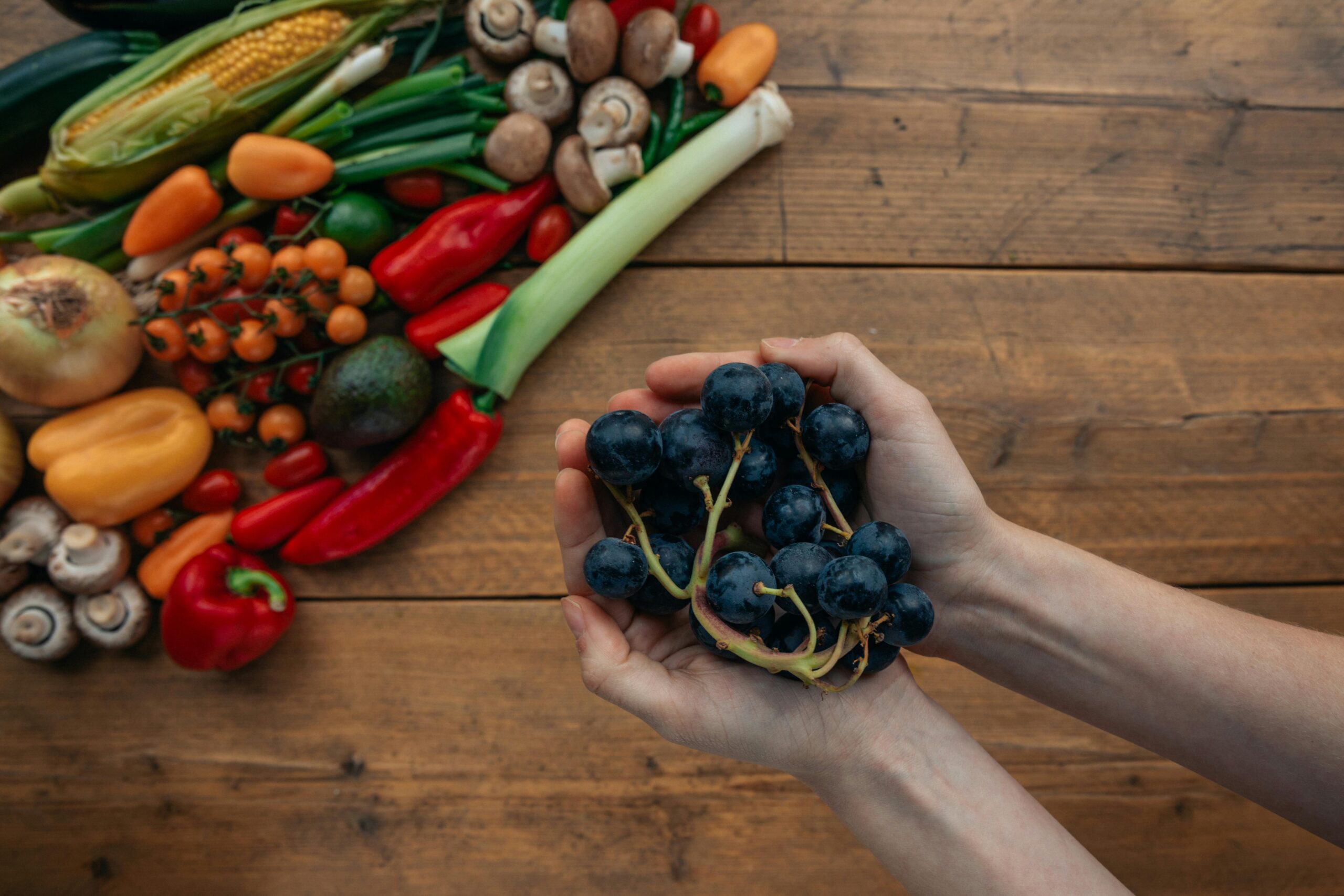How to Freeze Vegetables without Losing Nutrients: The Ultimate Guide
Freezing vegetables is one of the best ways to keep their freshness, nutrients, and flavor intact. By using the right methods, you can ensure that almost all nutrients remain sealed inside, allowing you to enjoy garden-fresh quality any time of the year. This guide covers everything you need to know about freezing vegetables properly, whether you’re preserving your own harvest or fresh vegetables from the store.
How Freezing Preserves Nutrients in Vegetables
Vegetables begin losing nutrients shortly after being picked, as they are exposed to oxygen, sunlight, and heat. Freezing slows down this nutrient loss by halting the degradation process at the moment of harvest, so vitamins and minerals remain stable for months. However, poor freezing techniques can lead to nutrient loss and affect taste and texture. Here’s how to freeze your vegetables to preserve their nutrients and keep them fresh.
Step 1: Select Fresh, High-Quality Vegetables
Freezing vegetables when they’re at their freshest helps retain the highest amount of nutrients. Look for vegetables that are bright, firm, and free of blemishes. The fresher the vegetable, the more vitamins and minerals it has, making it ideal for freezing.
Examples of the best vegetables for freezing:
- Broccoli
- Spinach
- Green beans
- Peas
- Carrots
- Bell peppers
Step 2: Prepare Vegetables for Freezing
Once you have selected fresh vegetables, wash them thoroughly. Dirt and pesticides can affect the freezing process and change the taste, so it’s essential to rinse and scrub each vegetable carefully.
- Rinse well: Use cool, running water to rinse vegetables. Avoid soaking them, as it can cause nutrient loss.
- Peel or trim: Cut vegetables into preferred sizes and remove any damaged spots.
- Blanching: Blanching helps stop enzymes in vegetables from causing nutrient loss, discoloration, and texture changes.How to freeze vegetables without losing nutrients
Step 3: Blanching Vegetables
Blanching briefly exposes vegetables to high heat, which preserves color, texture, and nutrients by deactivating enzymes. Although blanching may lead to slight nutrient loss, it prevents greater losses during freezing.
How to blanch vegetables:
- Boil water: Bring a large pot of water to a boil.
- Prepare an ice bath: Fill a bowl with cold water and ice.
- Blanch the vegetables: Place vegetables in boiling water. Each vegetable has its own recommended blanching time; here are some examples:
- Green beans: 3 minutes
- Carrots (sliced): 2 minutes
- Spinach: 2 minutes
- Broccoli: 3 minutes
- Ice bath: Move vegetables immediately to the ice bath to stop cooking. Leave them in the ice bath for the same time they were blanched.
- Dry thoroughly: Drain and pat dry with a paper towel. Excess water can create ice crystals that may damage texture.How to freeze vegetables without losing nutrients
Step 4: Pack in Freezer-Safe Containers or Bags
After prepping and blanching, it’s time to pack vegetables for freezing. The way you store vegetables impacts their quality in the freezer.
Tips for packing vegetables:
- Use airtight freezer bags or containers: These prevent freezer burn. Vacuum-sealed bags are even better.
- Remove excess air: Extra air in bags can cause freezer burn and nutrient loss. Squeeze out as much air as possible before sealing. A vacuum sealer is ideal for long-term storage.
- Label and date: Write the type of vegetable and date on the bag or container. This helps you track how long items have been in the freezer.
Step 5: Freeze Vegetables Quickly
Once packed, place vegetables in the coldest part of your freezer. Fast freezing preserves nutrients, texture, and flavor.
Freezer Organization Tips:
- Single layer: Arrange bags in a single layer until vegetables are frozen solid for quicker freezing.
- Avoid freezer door: The door is often warmer, so keep vegetables away from it to avoid temperature changes that could affect quality.How to freeze vegetables without losing nutrients
Step 6: Cook Frozen Vegetables Properly
How you use frozen vegetables affects their taste and nutrients. Thawing slowly can lead to mushy textures and nutrient loss. It’s best to cook them directly from frozen in your recipes.
Tips for cooking frozen vegetables:
- No need to thaw: Add frozen vegetables directly to soups, stews, or stir-fries.
- Steam or microwave: These methods retain the most nutrients.
- Avoid overcooking: Overcooked vegetables lose nutrients, so cook them only until they’re tender.How to freeze vegetables without losing nutrients
FAQs on Freezing Vegetables and Nutrient Retention
- Can all vegetables be frozen without losing nutrients? Yes, most vegetables can be frozen and still retain their nutrients. However, some, like lettuce or cucumber, are better fresh. Blanching helps preserve nutrients before freezing.
- Does blanching cause nutrient loss? Blanching leads to minimal nutrient loss but prevents more significant losses during storage, as it preserves nutrients over time.How to freeze vegetables without losing nutrients
- How long do frozen vegetables stay nutritious? Vegetables frozen properly can stay nutrient-rich for 8–12 months. Nutrient degradation is slow, but using them within a year is best.
- Can I freeze vegetables without blanching? Some vegetables, like peppers and onions, can be frozen without blanching. Most, however, need blanching to preserve quality and nutrients.
Tips for Maximum Nutrient Retention When Freezing
To keep your frozen vegetables in the best condition:
- Freeze in small batches: Smaller portions freeze faster, preserving more nutrients.
- Store at 0°F (-18°C) or lower: Colder temperatures improve nutrient retention.
- Organize by date: Use older vegetables first to keep your stock fresh.
Conclusion
Freezing vegetables while retaining nutrients is simple: choose fresh produce, blanch, pack tightly, and freeze quickly. By following these steps, you can enjoy nutrient-packed vegetables all year long, straight from your freezer.
